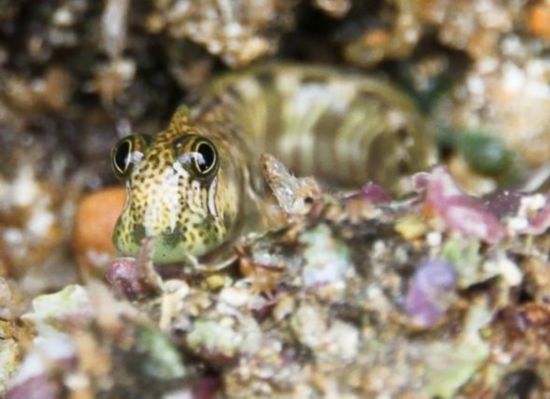Sprigg submitted a paper to Nature, but it was turned down. He read it instead at the next annual meeting of the Australian and New Zealand Association for the Advancement of Science, but it failed to find favor with the association's head, who said the Ediacaran imprints were merely "fortuitous inorganic markings"—patterns made by wind or rain or tides, but not living beings. His hopes not yet entirely crushed, Sprigg traveled to London and presented his findings to the 1948 International Geological Congress, but failed to excite either interest or belief. Finally, for want of a better outlet, he published his findings in the Transactions of the Royal Society of South Australia. Then he quit his government job and took up oil exploration.

Nine years later, in 1957, a schoolboy named John Mason, while walking through Charnwood Forest in the English Midlands, found a rock with a strange fossil in it, similar to a modern sea pen and exactly like some of the specimens Sprigg had found and been trying to tell everyone about ever since. The schoolboy turned it in to a paleontologist at the University of Leicester, who identified it at once as Precambrian. Young Mason got his picture in the papers and was treated as a precocious hero; he still is in many books. The specimen was named in his honor Chamia masoni.











